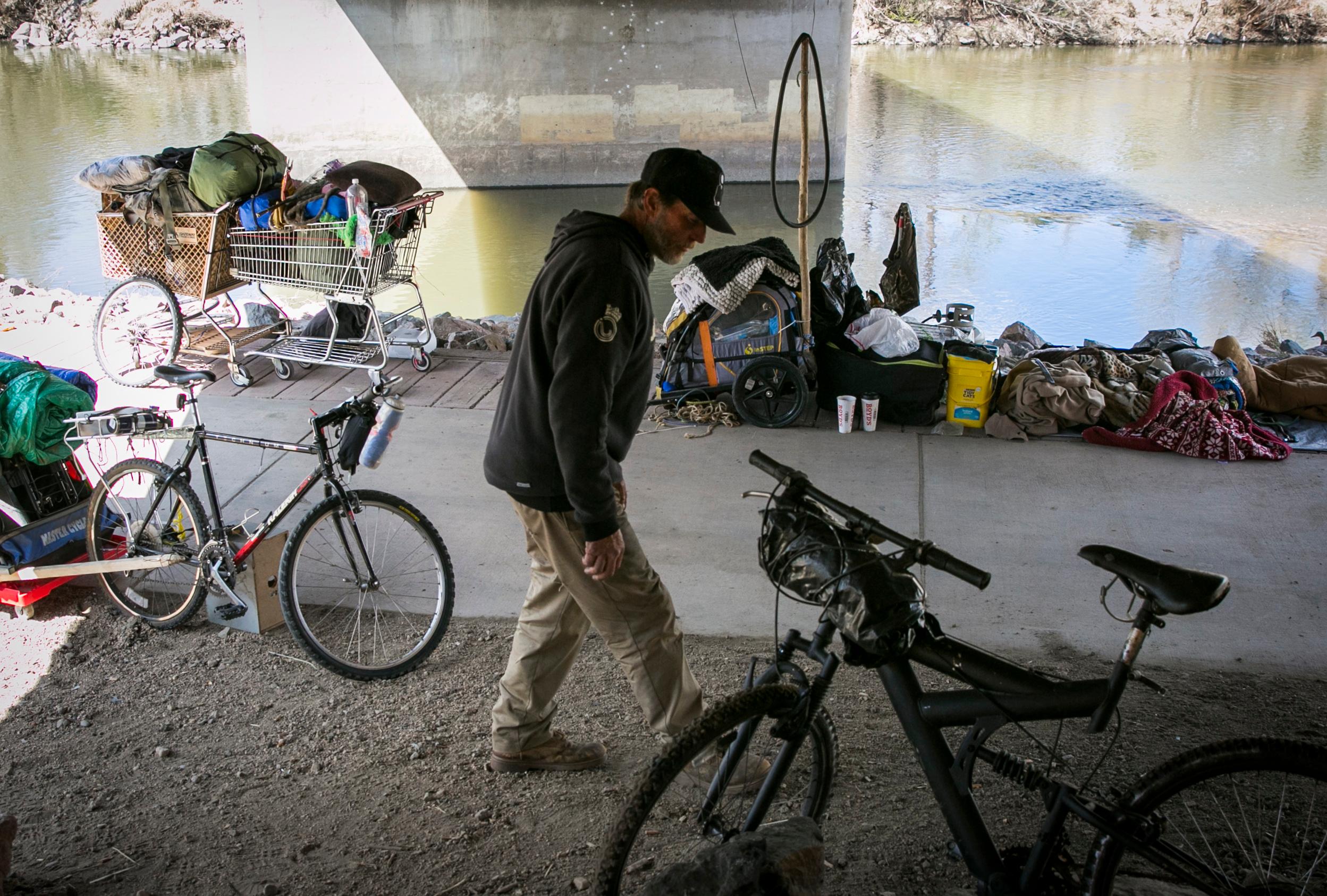
On any given day in metro Denver, there are 5,755 people experiencing homelessness, according to the 2019 Point in Time Survey. For one week in January each year, people across the country who are living with homelessness are surveyed. The results give insight to the number of people who are homeless and the conditions they’re living in.
The survey is conducted by the Metro Denver Homelessness Initiative and takes place on one night in January each year. On Jan. 28, volunteers and shelter staff surveyed people in shelters and on the streets of metro Denver. There were 691 people who reported being newly homeless, a decrease from the 2018 count, but comparing year to year can be misleading.
“There were 5,755 people that were surveyed and interviewed on a single night, and that is not everybody that experiences homelessness in our community,” said Diane Howald, community coordinator at the Metro Denver Homeless Initiative. “We are working as an agency and with all of our community partners to make sure that we are able to show what the scope of that is so that we know what work we have ahead of us.”
The total number of individuals surveyed this year was higher than in 2018. Matt Meyer, executive director of the Metro Denver Homelessness Initiative, said that doesn’t definitively mean there are more homeless people this year than last year, but Denver seems to fit in with the rest of the country.
Meyer said that other communities around the country are also seeing an increase in people experiencing homelessness this year.
“We know there is a lack of affordable housing in our community, right here in metro Denver. We know there’s been wage stagnation. Those would be the first two things I would be looking to as causes for any increases that we have seen in homelessness,” he said.
The survey consists of a count and an interview to measure not only the total number of people living with homelessness, but also to evaluate their living situations which is broken up into four categories: emergency shelter, transitional housing, unsheltered and safe haven. The categories are then divided to calculate the household size: household without children, household with at least one adult and at least one child, and household consisting of only children younger than 18.
There were 283 unaccompanied youth counted this year up from 237 last year, and households with at least one adult and one child accounted for 24 percent of the overall population. Meyer said he was hopeful that the results this year showed a decrease in chronically homeless and newly homeless people.
The survey spans seven counties and requires the collaboration of dozens of shelters and homelessness resource centers like food banks.
“Homelessness is a regional issue for metro Denver. It doesn’t respect county or municipal boundaries,” Meyer said. “People move around as they are entitled to, as we all do. And so it really requires that we collaborate regionally and that we all partner to engage with the issue of homelessness."









